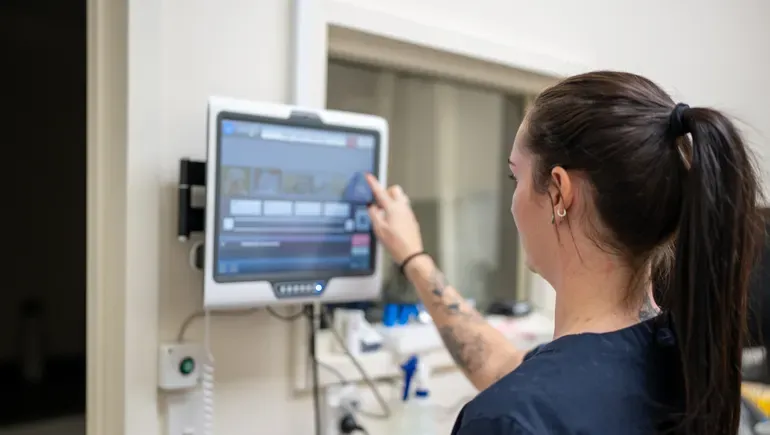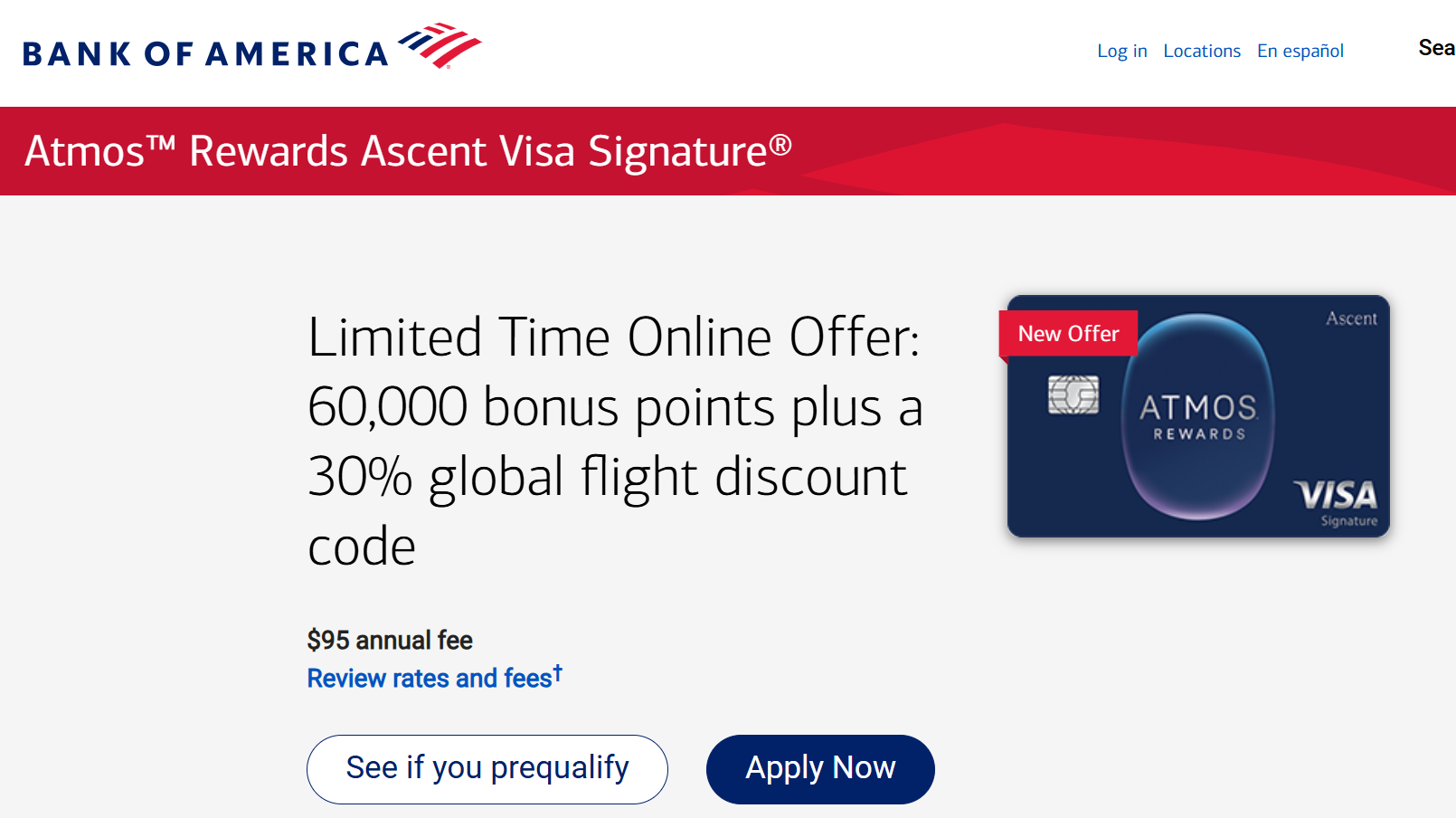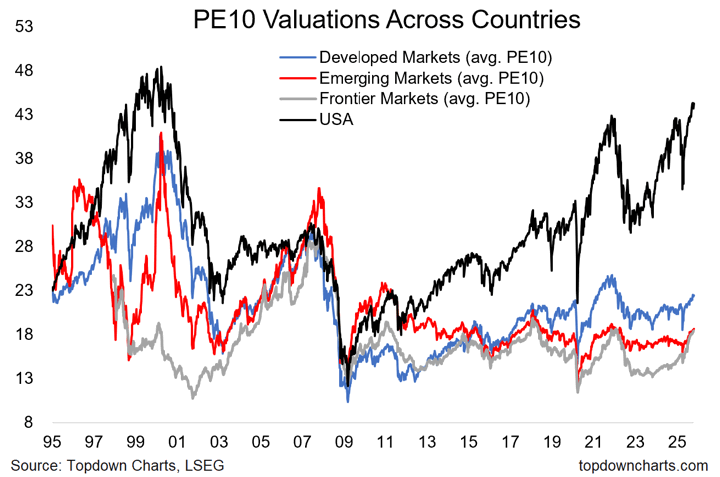Yusuf Qasim is the president of payments at insurance claims management service provider Zelis Healthcare. He is based in New Jersey.
Despite the growing adoption of digital payments, many critical sectors — including health care — remain anchored to manual and paper-based processes, leading to an estimated $18.4 billion in lost savings. The White House’s recent executive order, “Modernizing Payments To and From America’s Bank Account,” is a clear directive: digital payments are no longer optional, they’re the new standard.
While the executive order mandate takes aim at federal disbursements and receipts, it signals a larger push for industries that are clinging to traditional payment models, encouraging a pivot towards fully digital, efficient and secure payment ecosystems.
In contrast to industries like retail and banking that are now rooted in digital payment methods, others have been slower to adopt — contributing to slower payments, more administrative burdens, and greater waste.
Health care, for example, is a case study for why digital payments matter everywhere — and what happens when they’re ignored. In fact, a CAQH Index report revealed a sharp rise in administrative task spending, from $55 million in 2022 to $82.7 million in 2023, reflecting the industry’s increasing systemic strain.
Coupled with other systemic challenges, including staff burnout and labor shortages, modernizing payment systems can play a central role in cutting down health care’s costs and reduce inefficiencies.
Optional Caption
Permission granted by Red Thread PR
In fragmented sectors like health care (or logistics, utilities, government), a heavy reliance on paper checks results in delayed reimbursements, higher operational costs and an increased risk of fraud, theft and misplacement. And for organizations that handle highly sensitive financial and patient data, security must be a top priority.
ACH payments in health care, for example, create a secure payments solution to streamline workflows, and allow for faster reimbursements and improved cashflows. Automating these workflows can save an estimated three minutes per payment transaction and four minutes per electronic remittance advice (ERA) transaction to significantly reduce administrative overhead.
But digital adoption is only the first frontier. Significant opportunity remains.
Consider ACH, which is the prevalent standard. Even with a free ACH option, providers often need to navigate multiple portals and maintain a directory of passwords for all the payers they interact with to receive payment. Additional investments and capabilities are needed to improve efficiency and make it easier for providers to receive payment in an efficient, transparent way.
For complex sectors like health care to successfully adopt digital payments, strategic partnerships across departments and agencies are key — especially with partners that understand constantly changing regulatory demands, security and compliance, and the growing demand for speed and transparency. Purpose-built platforms can play a critical role in reducing friction across industries, whether used for managing disbursements or streamlining vendor payments in logistics.
Beyond immediate operational relief, transitioning to digital payment infrastructures is a long-term strategy for efficiency.
Modern payment systems ensure compliance with government mandates, meet ever-changing consumer expectations and lay the groundwork for future innovations like real-time payments.
The health care industry is a case study for what’s at stake when industries resist or delay modernizing their payment systems, but it’s far from being the only one. The consequences of outdated manual processes are escalating costs and security risk across many industries. The White House’s executive order begs a national push to modernize payments for a more efficient and secure ecosystem.
Disclaimer: This story is auto-aggregated by a computer program and has not been created or edited by finopulse.
Publisher: Source link








